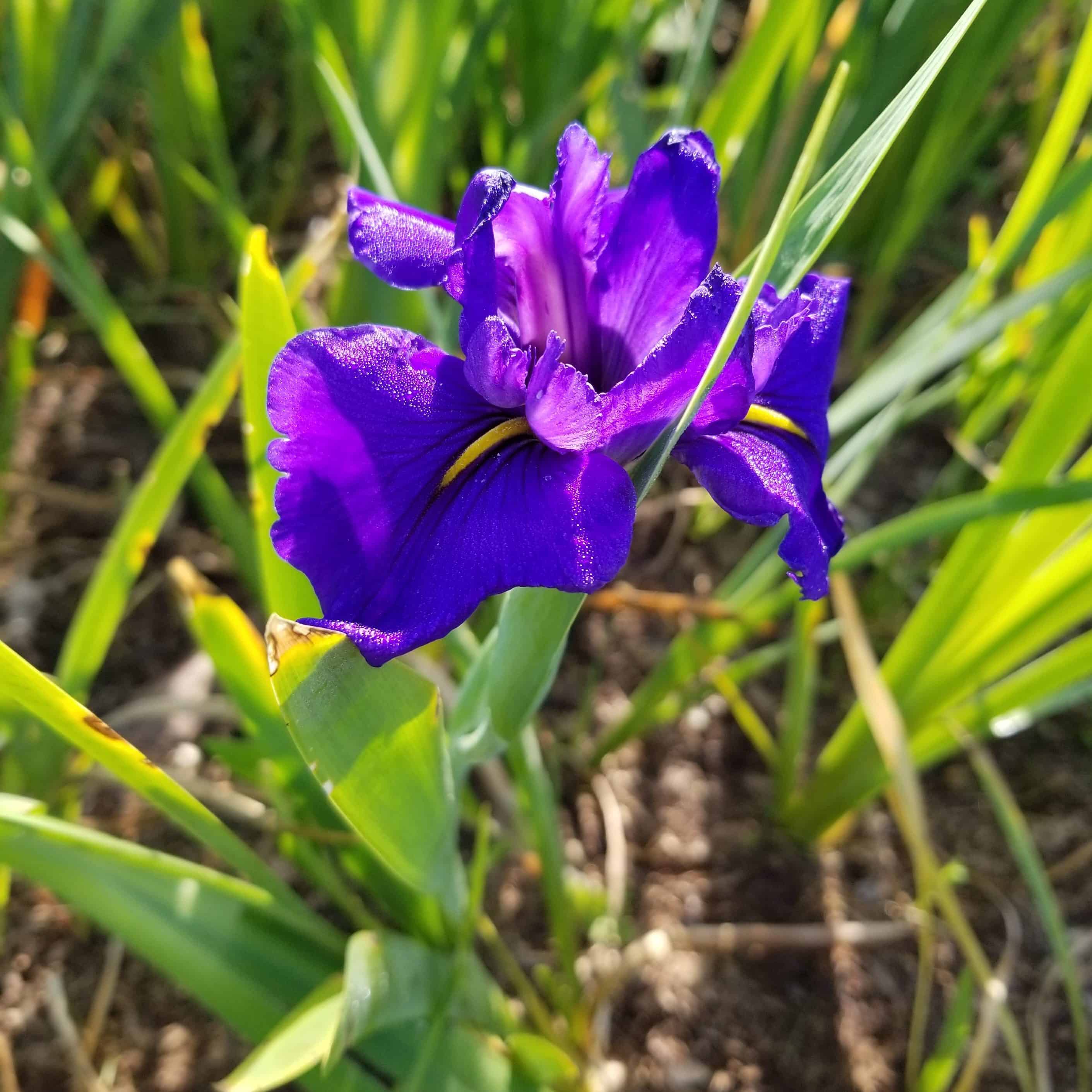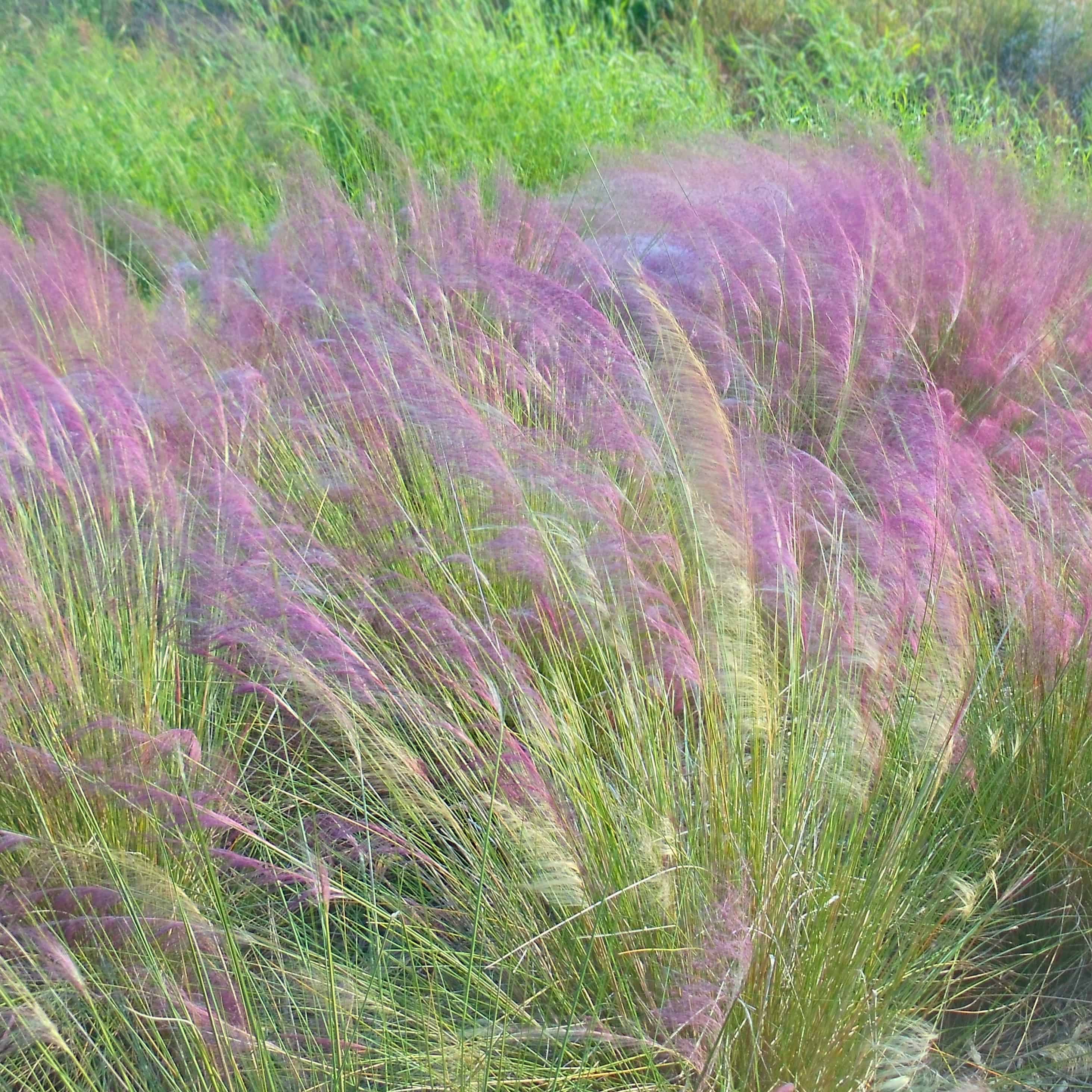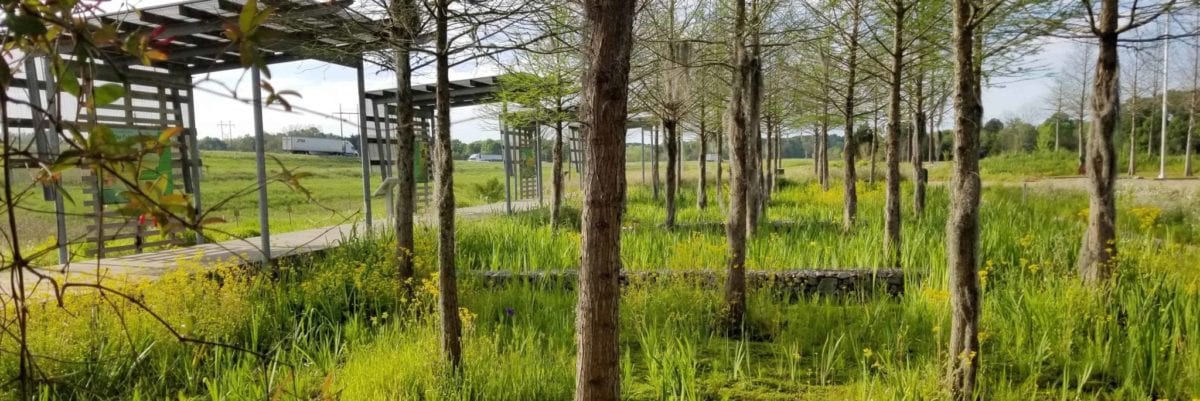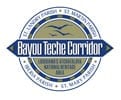As the spring comes hesitant to St. Landry Parish, mild days interspersed with cold shocks and hints of rain, it might be nice to put names to plants commonly seen across the landscape of this peaceful countryside.
St. Landry Parish has a diverse selection of the various ecosystems found in Louisiana. The St. Landry Parish Visitor Center exhibits a portion of these ecosystems including coastal prairie, upland hardwood, bottomland hardwood habitats, along with the iconic wetlands. This is not a comprehensive list of the flora found around the Visitor Center by any means. But the plants discussed here may give you an idea of what visual treats you can expect whether you are visiting the center, specifically, or stopping by on your way to some of the other attractions in the parish.

Sea Knight Louisiana Iris, SLPTC Visitor Center, Opelousas
Pictured here is the much-anticipated Sea Knight Iris, which is one of 8 Louisiana irises found at the Visitor Center. Its dark blue petals, purple stained by the light of early morning, open to reveal a strike of gold leading into its core. LSU fans may favor these with their colors so boldly represented.
The window of opportunity to witness the blooming of these flowers is small, the irises bloom from late March to early April. But it would be worth the trip to experience the colorful impact of these plants.
The other irises found on the center’s grounds include the Cathedral Blue Dormon with its blue petals and yellow crest; the Chacahoula Cha Cha, similar in hue to the Sea Knight, but with a yellow signal that flares just a bit; the Colorific, a white-petaled flower with flushed lavender tips, accentuated by dark purple veins and a yellow line crest; Dixie Deb Chowning 1950 and Laura Louise, with their stunning yellow petals; Ruth Holleyman, with its soft, graceful blue; and Trevor, with an orange flared signal and violet petals.

Muhly grass, SLPTC Visitor Center, Opelousas
Another distinctive aspect of the Visitor Center comes in the form of the rolling swaths of prairie grass that surrounds the building. This grass, normally a sharp blade with beige tendrils, erupts into color during the fall months. Feather-light puffs of color emerge from its tips, creating a wave of lavender with a light breeze. Commonly known as muhly grass, this plant is native to the coastal prairie.
The Cajun Prairie Habitat Preservation Society is committed to the survival of prairie flora, like those found at the center, and educating the public about the importance and the beauty of this rich cultural area. Part of the great tall-grass coastal prairie of Southwestern Louisiana, this restoration project began in 1988 as an effort to protect this fragile ecosystem. Visitors interested in furthering their knowledge of the prairie lands can visit the Cajun Prairie Habitat Restoration Site in Eunice.
An example of the Bottomland Hardwood Forest and Cypress-Tupleo Swamps, baldcypress trees are also found at the St. Landry Parish Visitor Center. These trees can grow 70-feet tall and live up to 600 years. The size of these trees makes them perfect nesting spots for eagles. While the cypress trees at the Visitor Center are not quite tall enough for the large birds, yet, bald eagles have been sighted in the vicinity. In fact, the area around the nearby town of Washington and the Thistlethwaite Wildlife Management Area is home to 187 species of birds.
Whether you want to see the eye-catching colors of Louisiana irises at the St. Landry Parish Visitor Center, bird-watch along Bayou Waxia and Courtableau in Washington and Thistlethwaite, or stroll through a 10-acre living exhibit of Louisiana native plants, flowers, and grasses in Eunice, St. Landry Parish has what you need.
Mary Hawkins is the communications manager for the St. Landry Parish Tourist Commission. Contact her at hawkins@cajuntravel.com.






